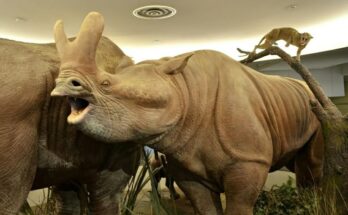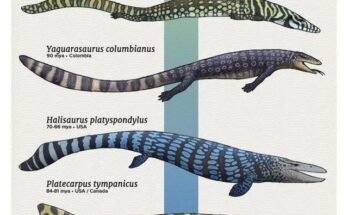Introduction
Imagine a winged reptile the size of a small airplane, gliding over ancient oceans with a monstrous wingspan—meet Barbaridactylus, one of the last and largest pterosaurs to rule the skies. This Late Cretaceous flying predator was a master of coastal hunting, and its discovery rewrote what we know about pterosaur diversity.
In this high-flying deep dive, we’ll explore:
✔ How its fossils were found in Morocco’s prehistoric coastlines
✔ Why its size and wings made it a supreme aerial hunter
✔ What it ate—and how it competed with early birds
✔ The mystery of its extinction
Strap in—we’re taking off into the world of the ultimate Mesozoic glider!
Chapter 1: Discovery & Naming—A Giant in the Sahara
The Moroccan Fossil Beds (2000s)
- Discovered in the Ouled Abdoun Basin, a hotspot for Cretaceous marine life.
- Named Barbaridactylus grandis in 2018—meaning “grand barbarian finger” (referencing its wings and North African origins).
- Partial skeletons found, including wing bones and vertebrae.
Why It Stunned Scientists
- One of the last nyctosaurid pterosaurs—a rare, specialized group.
- Lacked finger claws—unlike most pterosaurs, suggesting a fully aerial lifestyle.
- Huge wingspan—estimated 13-16 feet (4-5 meters), rivaling an albatross!
Fun Fact: Barbaridactylus lived alongside giant marine reptiles like Mosasaurus—but it ruled the skies, not the waves.
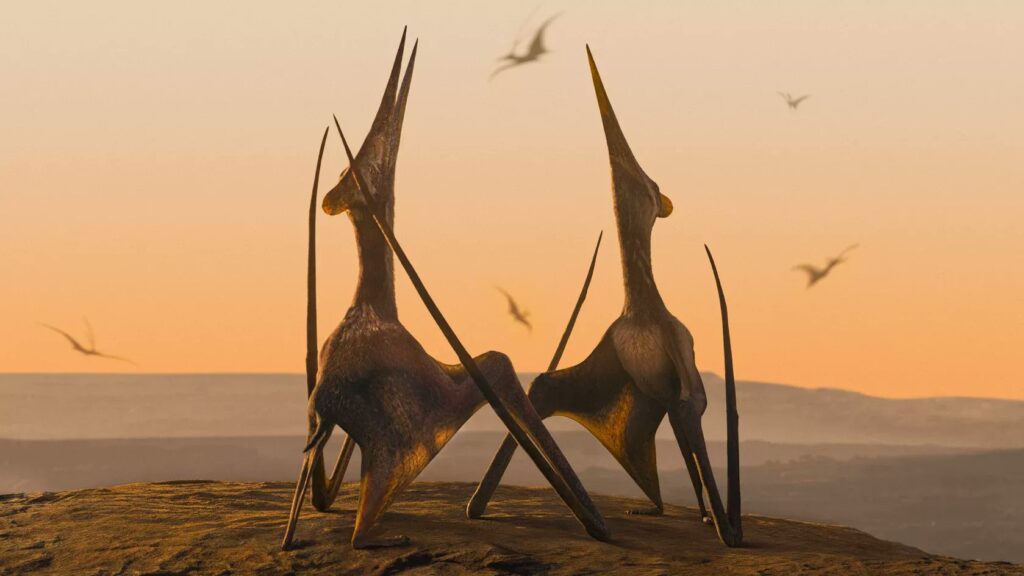
Chapter 2: Anatomy of a Sky Titan
Size & Wings
- Wingspan: 13-16 feet (4-5 m)—bigger than a small plane’s wing.
- Weight: ~40-50 lbs—light for its size due to hollow bones.
- Wing Structure: Long, narrow wings optimized for dynamic soaring over oceans.
Unique Adaptations
✔ No finger claws—unlike other pterosaurs, meaning it rarely landed.
✔ Toothless beak—likely fed on fish and squid, scooped mid-flight.
✔ Crested head? Possibly, but no complete skulls found yet.
Myth Buster: Despite its size, Barbaridactylus was not a dinosaur—it was a pterosaur, a separate group of flying reptiles!
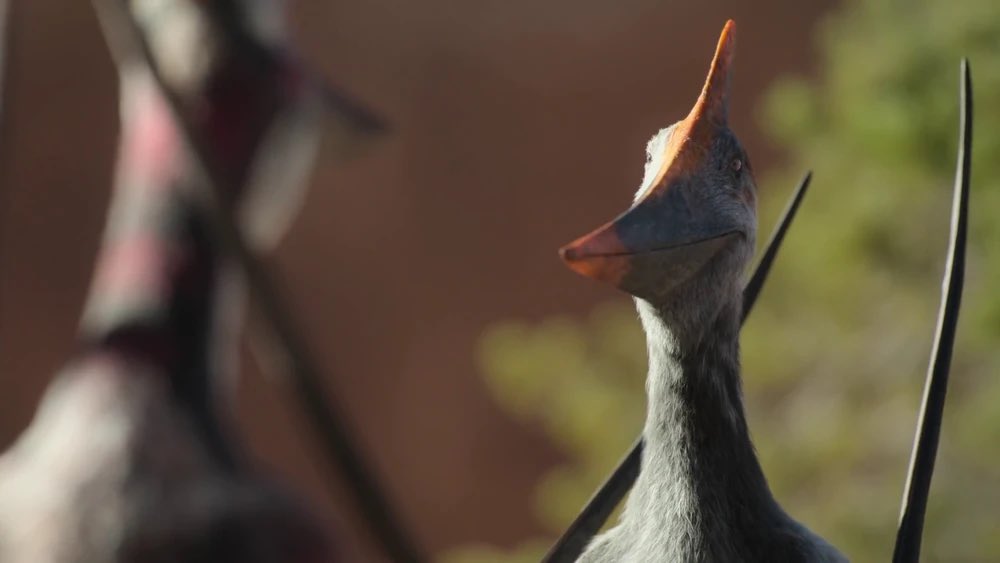
Chapter 3: Life Above the Waves
Hunting Tactics
- Skim-feeding—swooped low to pluck fish from the water, like a modern pelican or frigatebird.
- Competed with early birds (like Ichthyornis) for food.
Habitat & Range
- Lived along the shallow seas of North Africa (then a tropical coastline).
- Possibly migrated like modern seabirds.
Predators & Threats
- Sharks and mosasaurs might have snatched juveniles from the water.
- Storms and exhaustion were likely bigger dangers than predators.
Big Question: Did Barbaridactylus live in flocks, or was it a solitary hunter?
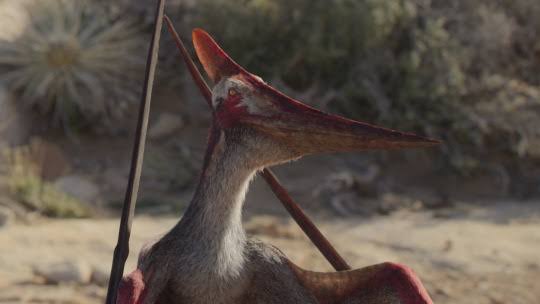
Chapter 4: Why Barbaridactylus Matters
A Rare Nyctosaurid
- One of the last of its kind before pterosaurs went extinct.
- Shows how pterosaurs specialized for ocean life before the K-Pg disaster.
The Pterosaur-Bird Transition
- Lived alongside early modern birds, proving both groups coexisted.
- Its extinction marked the end of pterosaur dominance in the skies.
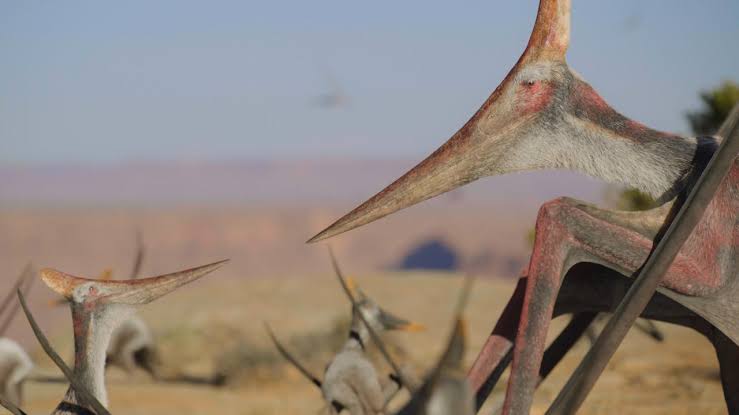
Chapter 5: Extinction—The Last Flight
The Asteroid Impact (66 Million Years Ago)
- All pterosaurs, including Barbaridactylus, vanished in the Cretaceous mass extinction.
- Birds outcompeted surviving flying reptiles in the aftermath.
Could It Have Survived?
- Unlikely—its large size and specialization made it vulnerable.
Conclusion: The Sky Emperor’s Fall
Barbaridactylus was a gliding marvel, a relic of a time when reptiles ruled the air. Its extinction marked the end of an era—but its fossils remind us of the incredible diversity of prehistoric life.
Final Thought: If Barbaridactylus had survived, would we have giant, fish-eating “dragons” today?
Want More Prehistoric Flyers?
✅ Follow for more pterosaur profiles!
✅ Comment: Which is scarier—Barbaridactylus or Quetzalcoatlus? 🦅🔥
